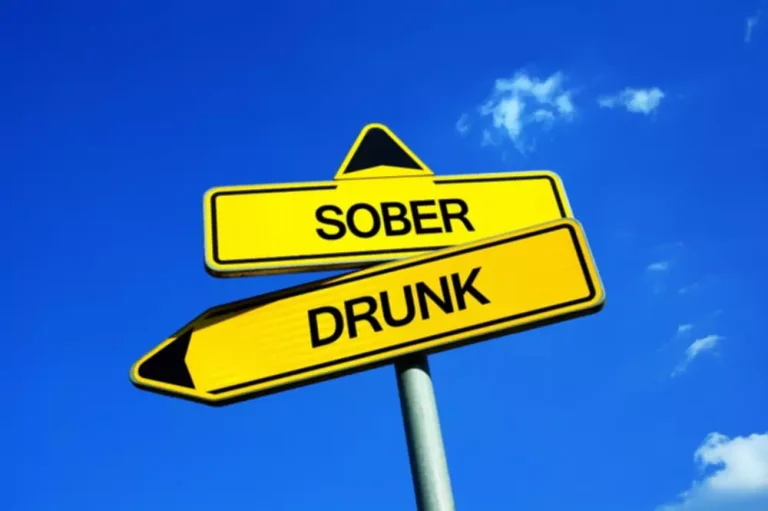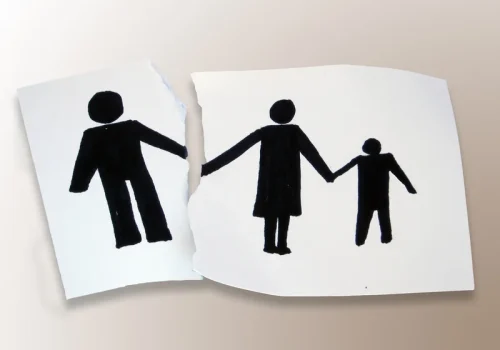
Heavy drinking is usually considered consuming four or more drinks in one day or eight in a week for women and people assigned female at birth (AFAB). For men and those AMAB, heavy drinking is five or more drinks in a day and 15 during a week. A cerebellar tremor is a type of shaking that occurs at the end of a purposeful movement. Following these strategies may help, but are unlikely to stop the alcohol shakes fully. When you consume alcohol, it acts as a depressant on your central nervous system. Over time and with consistent intake, your brain adapts to the depressant effects by becoming hyperactive, trying to maintain a state of equilibrium.

When to contact a doctor
- As mentioned above, tremors, also known as “alcohol shakes”, are a common side effect of alcohol withdrawal.
- Committing to the alcohol recovery process is the best way to keep tremors at bay.
- Some people with essential tremor don’t require treatment if their symptoms are mild.
- Symptoms typically emerge between 48 to 96 hours after the last drink.
- Many people feel shame or embarrassment asking for this kind of help, but your provider’s job is to help, not to judge.
These groups can support individuals during recovery from alcohol abuse. If your shakes last longer than 24 hours, or if you’re concerned that they might be a sign of withdrawal, it’s best alcohol shakes to talk with a healthcare professional as soon as possible. Low blood sugar might also play a role, as alcohol can have an impact on your body’s ability to monitor blood sugar levels.
Distinguishing Between Minor Shakes and Delirium Tremens
While these tremors usually occur in the hands, they can happen anywhere in the body. Alcohol withdrawal shakes can be uncomfortable and frightening, but fortunately, there are steps you can take to manage this symptom. During this time, your doctor can help you reduce withdrawal tremors with medications. Anxiety and stress can make tremors worse, so managing your stress levels during withdrawal and recovery is also important.
What can recovering alcoholics do to reduce tremors?

Cerebellar tremors result from damage to the brain area known as the cerebellum, and its connections to other brain areas. There are several reasons a person might experience tremors with a hangover. This article discusses hangover shakes, what causes them, how to treat them, and when to see a doctor.
- We are visually recognizing our growth with a unified look that better reflects who we are today and the passion we have for helping everyone with their addiction and mental health recovery journeys.
- You may be concerned about having DTs symptoms or nervous about seeking treatment.
- People at high risk of complications should enter a short-term in-patient detox program.
- To do this, your health care provider may suggest the following tests.
How Substance Use Disorder (SUD) Can Negatively Impact Your Life
If you opt for inpatient treatment, you’ll be monitored for hallucinations or other signs of delirium tremens. Your blood pressure levels, body temperature, heart rate, and blood tests will also be carefully monitored. You will be given fluids by an IV and may be sedated with medication to ease the withdrawal symptoms. Recovering alcoholics who have been sober for one year can find themselves experiencing alcohol shakes at random times during the day. In addition to adopting healthy lifestyle choices, people with alcohol tremors often take propranolol to control tremors. Alcohol shakes are frequently accompanied by night sweats when an alcoholic is going cold turkey.
Delirium Tremens: What Does It Mean?

What Are Alcohol Tremors?

